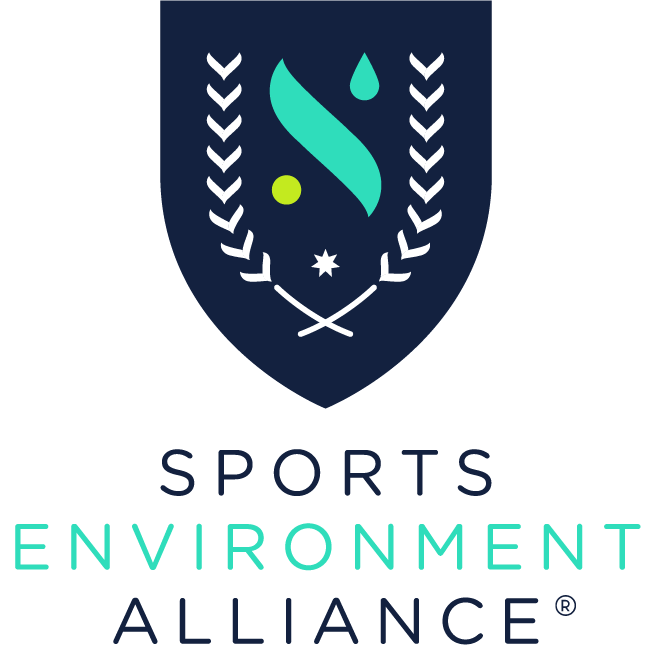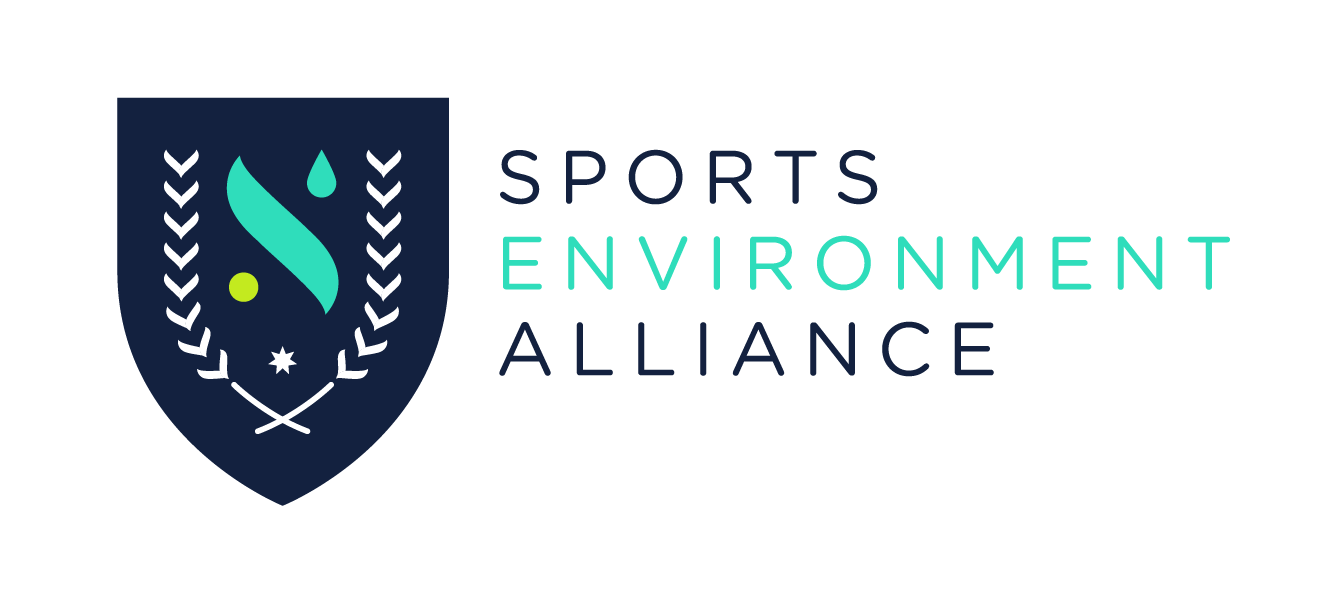
Resources
Join Sports Environment Alliance and Closed Loop for the fourth Beyond the Summit webinar: Real World Sustainability for Events & Venues of All Sizes.
Whether you’re planning festivals, sporting events, or community gatherings, discover small, practical changes that create big environmental results - you need to listen to this webinar
Delivered in collaboration with CoolPlanet and Sports Environment Alliance (SEA), the webinar explored how sports clubs are saving money and building resilience through sustainability.
As part of our Beyond the Summit webinar series, Sports Environment Alliance partnered with Community Clubs Victoria for the second in the series: Getting your club started on the sustainability journey.
This practical webinar was designed to help clubs take the first step towards embedding sustainability into their operations.
In 2024, the Sports Environment Alliance (SEA) partnered with five of our member clubs — Fremantle Dockers, West Coast Eagles, Western Force Rugby, Vasse Soccer Club and Swamp Rats Cricket Club — to deliver the Reducing Community Waste: A Team Sport project, with support from the Government of Western Australia and the WasteSorted Community Education Grants 2023 program.
As part of our Beyond the Summit webinar series, Sports Environment Alliance partnered with bettercup.® to explore what reuse really looks like in the sporting sectors - and how clubs and venues of all sizes can start integrating reuse systems into their operations.
SEA's partner, Terry Muir from epar has compiled a resource to help clubs and sporting organisations to publicly communicate sustainability performance achievements in a visible and engaging way. It also includes 7 examples of making sustainability visible and the benefits received.
Clean Up Australia has put together an informational waste/litter resource -'Sustainability in Sports Resource Guide to support clubs with engaging fans, members and volunteers on waste and litter prevention to help protect playing environments.
This white paper explores:
• The true environmental impact of single-use vs reusable cups
• How many uses it takes for a reusable cup to be the better choice
• The role of manufacturing, washing, transport, and consumer behaviour
The way sport approaches sustainability is changing fast. From managing travel emissions to understanding Scope 3 data complexities, sport and recreation organisations need practical solutions to measure, report, and reduce their environmental impact.











